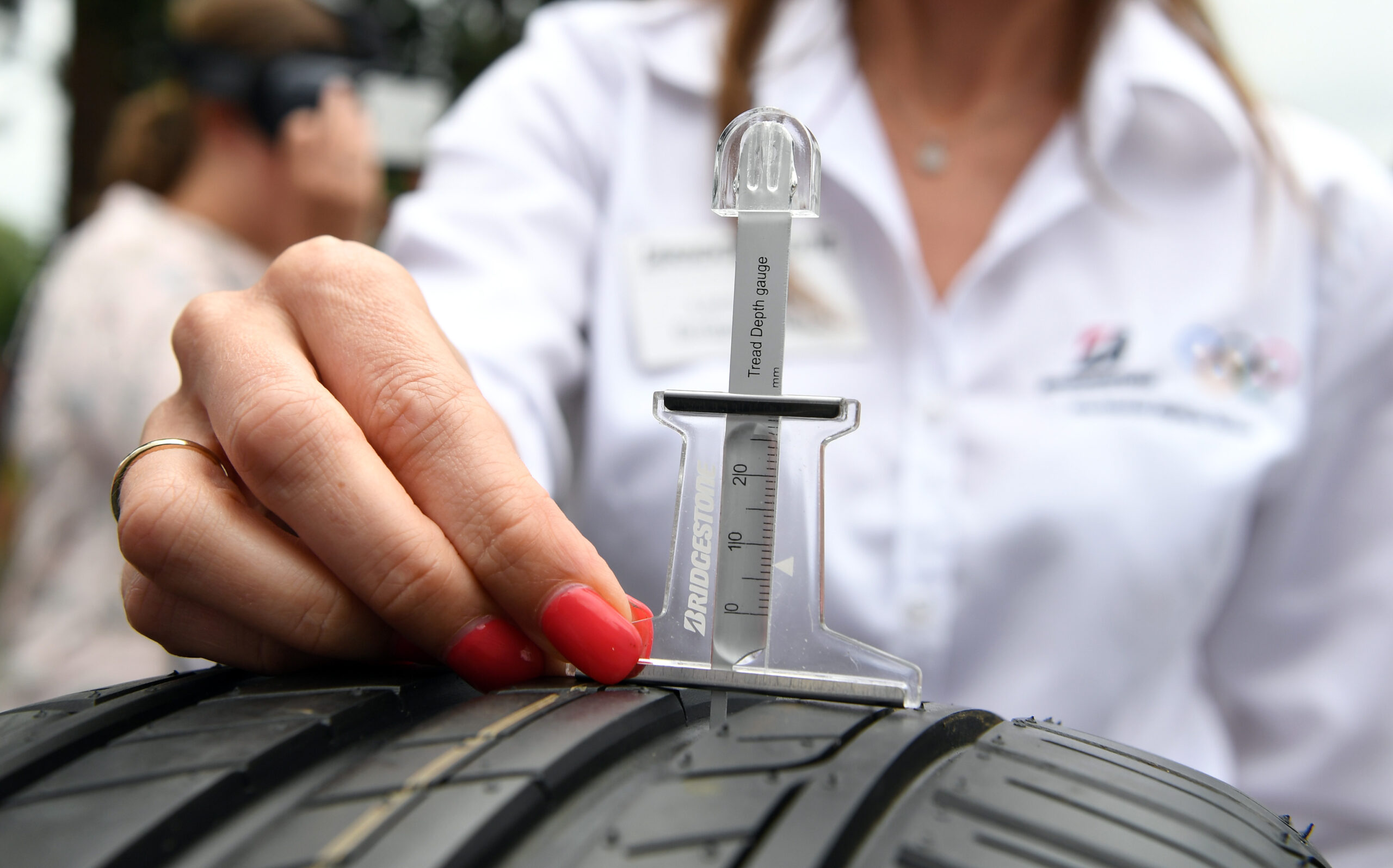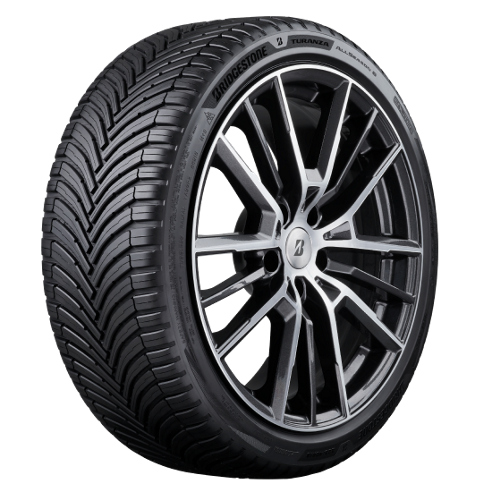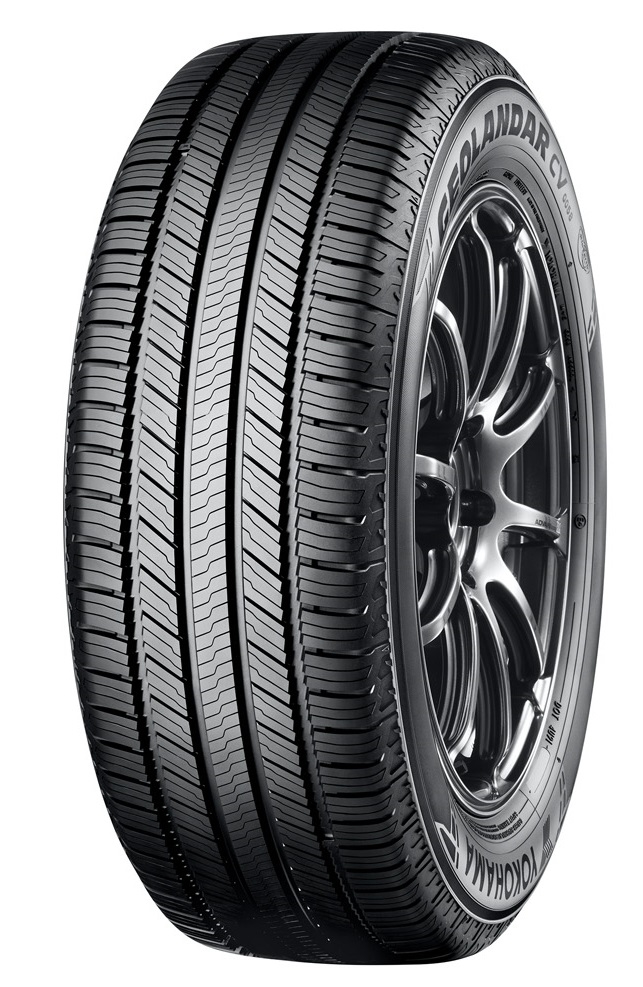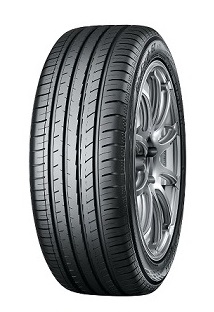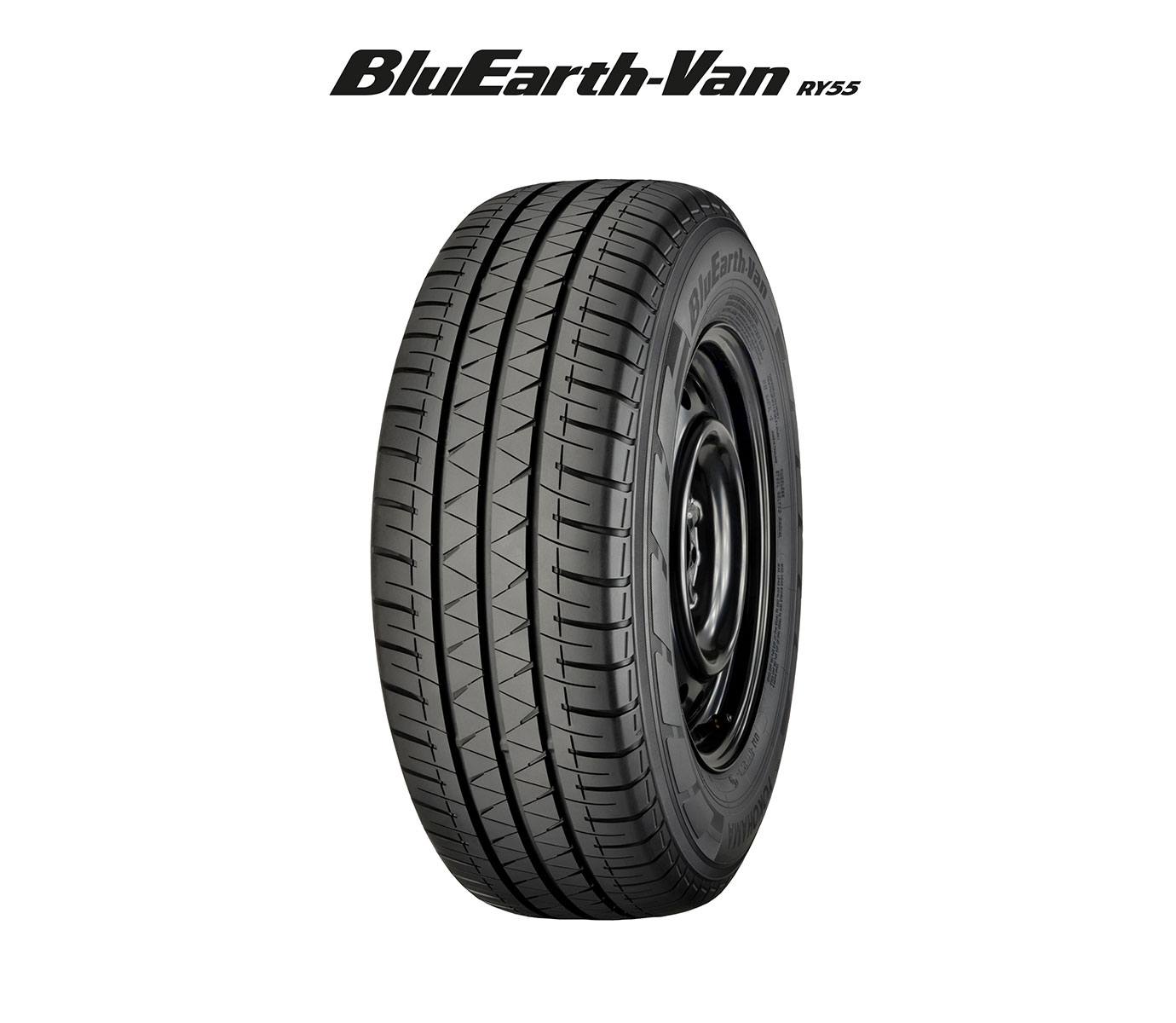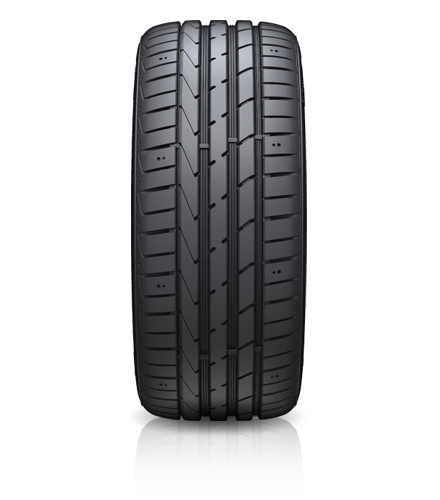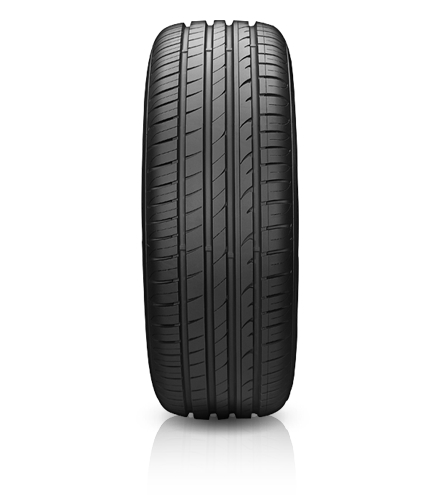With the school holidays approaching and the Great British public preparing for a summer getaway, Bridgestone is making a tyre safety plea to anyone considering a UK staycation.
The road safety experts are issuing some simple advice as thousands of caravans and camper vans and are expected to be seen again on roads, many of which may well have been inactive over the past few months.
Bridgestone believes that vehicles such as caravans or trailer tents should be thoroughly inspected prior to re-use during a Great British Getaway, with a spike in usage expected in the coming weeks.
Bridgestone’s Consumer Sales Director Brett Emerson said that motorists should look for any sign of age deterioration in the tyres such as sidewall cracking and carcass deformation.
He added that tyres can ‘flat spot’ when a caravan is only moved a couple of times per year, owing to the weight of the vehicle.
He said: “All tyres age and deteriorate due to exposure to sunlight and atmosphere, even when they’re not being used and, if they’re more than five years old, we recommend they be replaced. And if they’re more than seven years old, they should just be replaced full-stop.
“Caravan tyres can suffer fatigue due to the repetitive small impacts they suffer in everyday use and being stored for long periods of the year without use can put undue strain on one particular part of the tyre.”
Tyres which are damaged or worn to the legal minimum tread depth must be replaced immediately with caravan tyres needing regular replacement, irrespective of their visual appearance.
Bridgestone has devised the following tyre checklist for motorists to bear in mind:
- Check inflation pressure regularly
- Examine tyre treads and remove stones regularly
- Remove any oil, fuel or paint
- Check the tread wear regularly – the legal minimum is 1.6mm across the central three quarters of the tread breadth around the entire circumference of the tyre.
- Replace any tyre that has blistered, ruptured, or been cut penetrated by an object.
- Check the condition of your tyre valves. Make sure the valve stem is undamaged and is correctly aligned with the valve aperture in the wheel, and not distorted when the wheel trim (if fitted) is installed. Check the valve is not leaking especially after measuring the inflation pressure. Make sure the valve has closed again correctly – if in doubt, fit a new valve.
Brett added that tyres on the caravan and towing car should be correctly inflated, with simple load and inflation advice available at www.tyresafe.org in the ‘Check your pressures’ section. An animation, guiding caravanners through all essential tyre care is also available on the TyreSafe site.
Brett said: “Whatever tyres are fitted to the towing car, caravan, trailer tent or motorhome, it is essential to the safety and stability of the combination that all tyres are correctly inflated for the applied load.
“Tyres that are driven under inflated for extended periods are more likely to suffer from rapid wear which could lead to a sudden and rapid deflation, causing loss of control. Debris left on the carriageway after a tyre failure could prove hazardous for other motorists.
“Keeping tyres correctly inflated ensures an even wear rate leading to longer tyre life. Pressures should be checked and adjusted prior to any journey when the tyres are cold – not during or after a run when they will be higher. Never reduce pressures when the tyres are warm, as they could be too low when they cool down.
“After pressure checking, ensure the valve is not leaking and the valve cap is fitted. The correct inflation pressures for your car tyres can be found in the owners’ handbook and often inside the drivers’ door or the fuel filler cap displayed on the vehicle.”
Bridgestone’s tyre checklist aligns with the Bridgestone E8 Commitment – a set of eight areas (Energy, Ecology, Efficiency, Extension, Economy, Emotion, Ease, Empowerment) which provide a compass to guide their strategic priorities, decision making and actions throughout every area of the business and operations.
The safety advice aligns with “Ease: Committed to bringing comfort and peace of mind to mobility life.”

